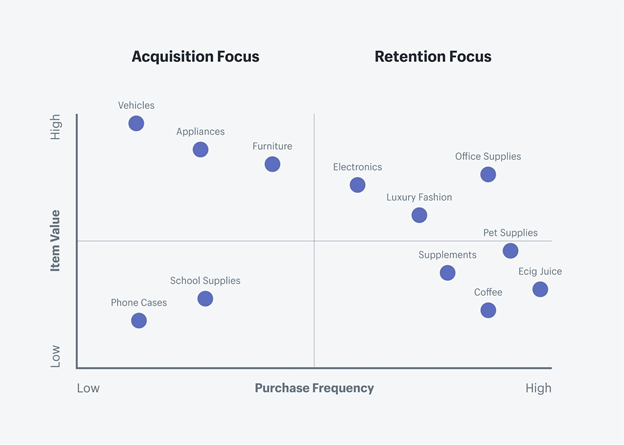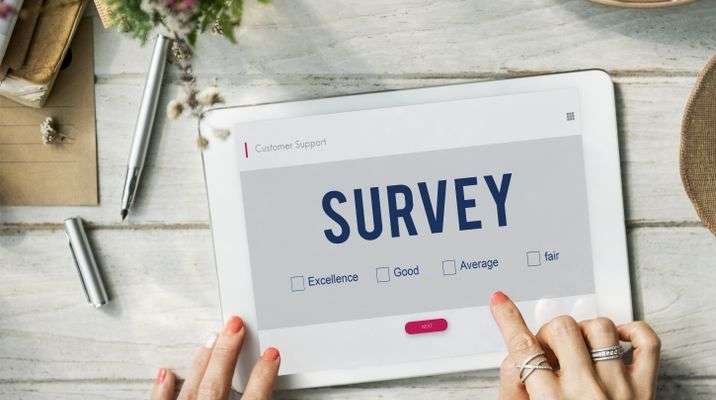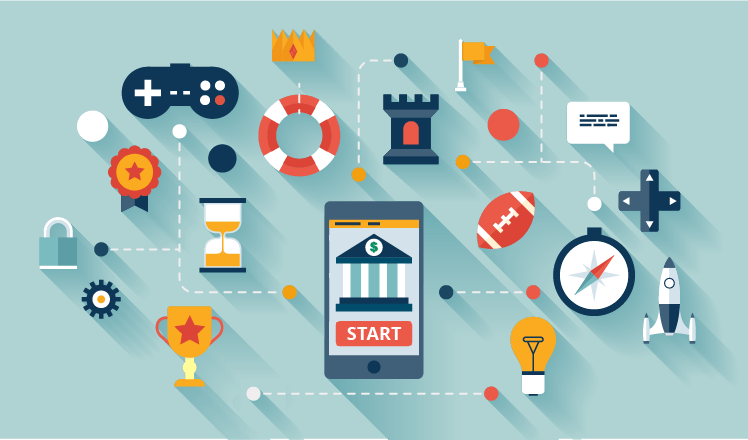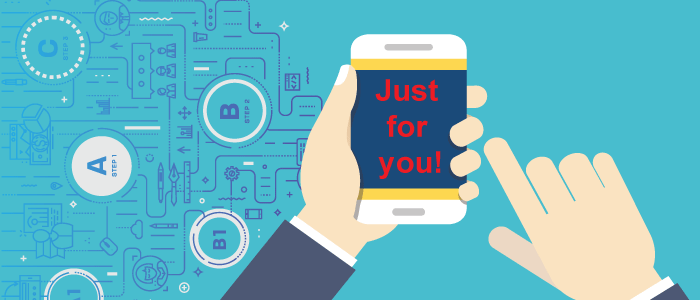Get your customers to love you back!
It’s not simple to stay competitive in the digital age. Consumers are continually assaulted with sophisticated advertisements attempting to persuade them to switch to another company or service, and it just might work if you don’t have a solid client retention strategy in place. The good news is that if you’ve already persuaded a consumer to buy once, you’ve already completed the most difficult task.
What is Customer Retention?
Simply put, customer retention is the process of preventing customers from defecting to a competitor or the activities taken by a firm to urge consumers to stay with them. Most businesses place a greater emphasis on acquiring new clients than on keeping existing customers.
In fact, around 44 percent of businesses prioritize customer acquisition, 18 percent prioritize customer retention, and 40 percent prioritize both. Client retention, on the other hand, is far less expensive for businesses than customer acquisition.
This pattern emerges in all studies on retention vs acquisition, but it’s difficult to estimate how much cheaper it is; some studies claim it’s five times cheaper, while others say it’s up to 25 times cheaper. So, if client retention is less expensive, why are so many businesses focusing on new customer acquisition? The simple answer is that every business requires both, and more new consumers mean more clients you can persuade to stick with your company and product or service.
Why is Customer Retention Important and How it Fits your Business?
Repeat consumers account for a large amount of a company’s income, and the more they buy, the more likely they are to buy again. According to one survey, customers are just 25% inclined to buy from your firm again following their first purchase. They were 45 percent more likely to make a third purchase after two transactions, and 54 percent more likely to make a fourth after three purchases.

Each store, for example, has 100 customers buying a $10 item each month, as seen in the graph below. Each month, the light purple store retains 5% of those consumers, whereas the dark purple store retains 10%. As you can see, a 5% increase can lead to rapid expansion that is impossible to match through acquisition alone.
Aside from the stage, your store is now in, you’ll want to personalize your strategy to the products you sell. Which strategy you should focus on depends a lot on what you sell. A store that sells high-end leather furniture will be very different from one that sells tea and coffee.
The customer lifetime value of a store whose consumers frequently purchase high-value items is the highest (CLV). These are the stores that stand to benefit the most from a successful retention plan.

In general, as you progress to the right of this matrix, you should begin to place a greater emphasis on retention. But keep in mind that you should never choose one above the other. It’s all about striking a balance that works best for your company.
The good news is that if a consumer has purchased from you before, they have previously surmounted these obstacles. You have a much better chance of selling to an existing customer than you do to a new one, roughly 40% more likely.
8 Customer Retention Strategies that Every Business Should Know
Customer retention strategies that work best are built around business goals and insights. With strong brand awareness, you may want to convey that your service is constant and dependable. You might want to concentrate on building a more personal relationship with your current clients. Let’s take a look at eight client retention tactics that are proven to work and will help you improve your retention rates.
1. Surprise Gifts & Discounts
Customers are people who enjoy being recognized. You may give them a discount on things they buy frequently, as well as a brief and quick letter from the customer care staff explaining why they are being surprised. The message should make it apparent that they are receiving this discount since they have been a loyal customer for a long time.

Another option is to create a VIP list for your returning customers and send them exclusive discounts. Customers will benefit from this because they will receive a discount, will feel appreciated, and will feel like they are members of a unique club – which they are!
Master Card employed this method to reward loyal consumers by delivering complimentary cupcakes, concert tickets, and VIP celebrity meetings to cardholders.
2. Provide Excellent Customer Service
Around 75% of businesses say they are customer-centric, yet just 30% of customers agree. According to a 2017 study, eight out of ten customers are so annoyed by this that they are willing to pay more for a better experience.

Here are a few suggestions to help you improve your customer service:
- Provide consistent service
- Provide multiple channels of contact
- Assign the right representative to the customer to avoid any dissatisfaction
3. Customer Surveys
Send your consumers an online survey to fill out so you can learn more about what’s working and what isn’t. You’ll never be able to please every consumer on every issue, but surveys can help you spot patterns you might otherwise overlook.

A good survey should have both multiple-choice and free-text answer options, allowing customers to express themselves more fully where necessary.
4. Be Active in your Community
Customers are interested in whether your company donates to charity if workers participate in community service projects, and who you interact and partner with. There are easier methods to show you care about the community without having an elaborate Corporate Social Responsibility (CSR) plan or donating to charity.

If you’re a tech company, for example, you might volunteer to go into a local school and give guidance to the next generation of technologists. You may also write blogs about how to break into the sector or record a short podcast about it.
5. Keep your Customers Informed
Make clients feel like they’re a part of your larger team by keeping them informed about new product lines, new alliances, or significant corporate achievements. You can do this by sending out a monthly email newsletter.
6. Customer Onboarding
The goal of onboarding varies based on the industry, but it is to educate a consumer about your products and brand. When a customer purchases one of your items, you may send them an email with a brief instruction on how to use it as well as the contact information for your customer care department, so they know who to contact if they have any problems.
7. Use Gamification
Gamification is a fun way to reward loyal consumers for helping your business succeed, and it’s a proven technique. You can give consumers a discount for referring a friend, reward them with redeemable points for each transaction, or give them a badge to show their appreciation.

8. Improve your Customer Experience by Personalization
Customers don’t want to be treated like a number and having to repeat the same information over and again will irritate them. They will feel like a part of your team and associate your firm with a smooth and easy encounter if you provide a personalized experience.

The Bottomline
Even if obtaining new customers is a sign of corporate expansion, losing clients is simply too costly, with a lost customer’s average global worth of $243! Existing customers provide you a better chance to grow revenues than prospects because they are more inclined to buy from you. To make this happen, you need to invest in thorough market research done to align your business goals to your customer retention strategy for a profitable and sustainable business in the long run.


